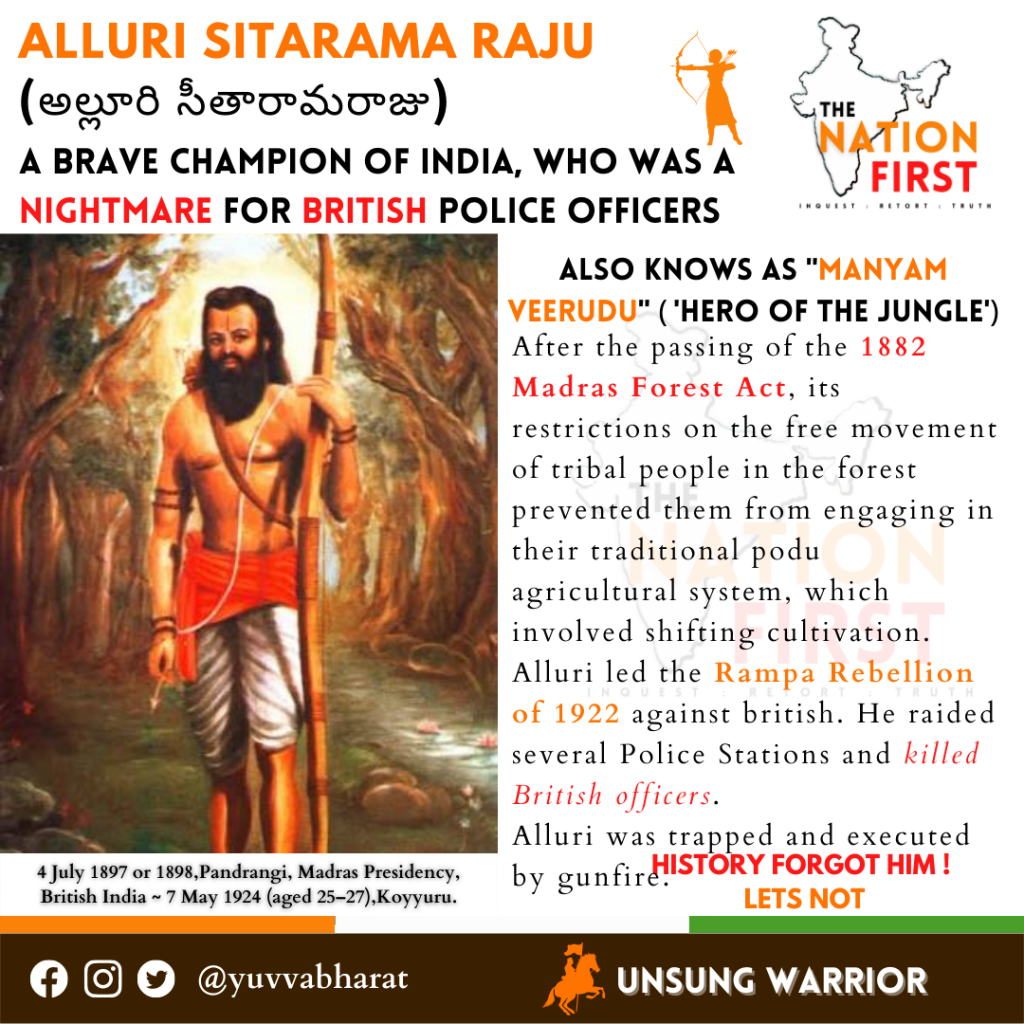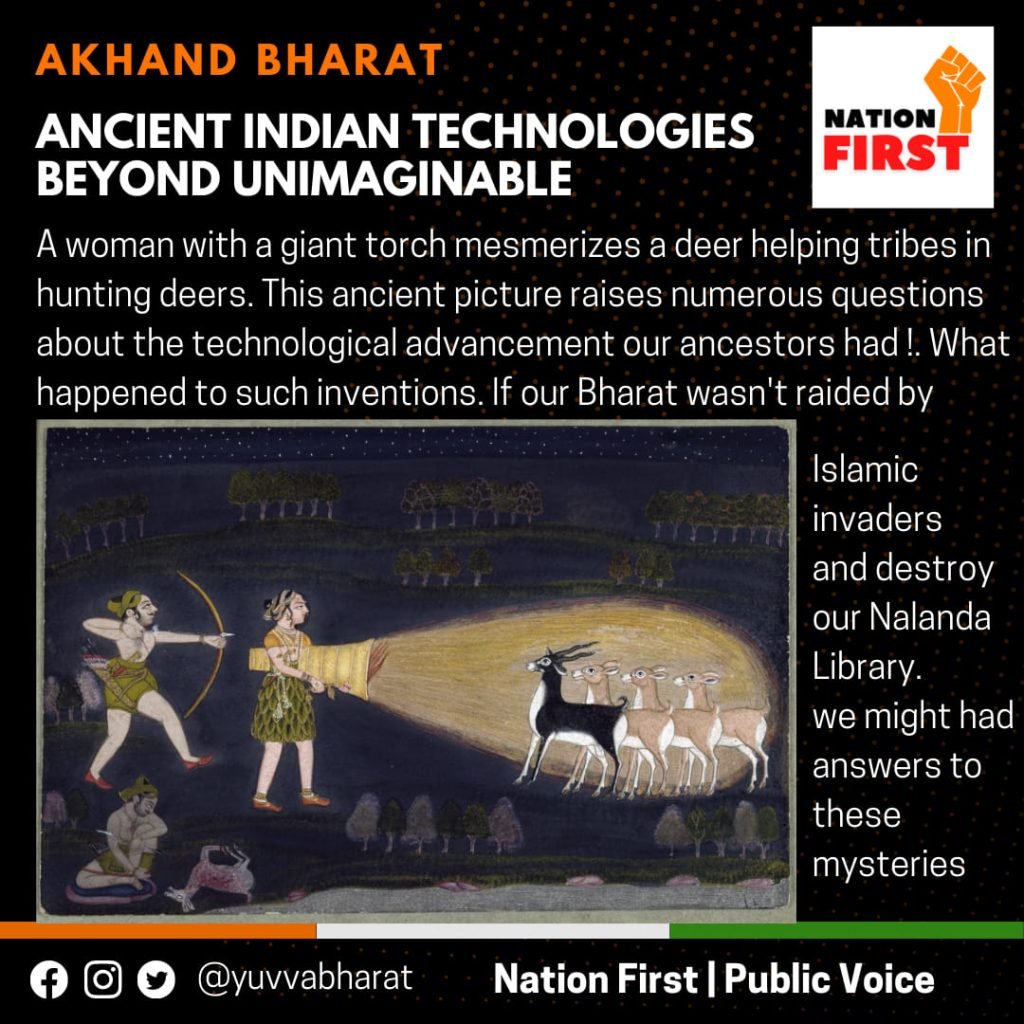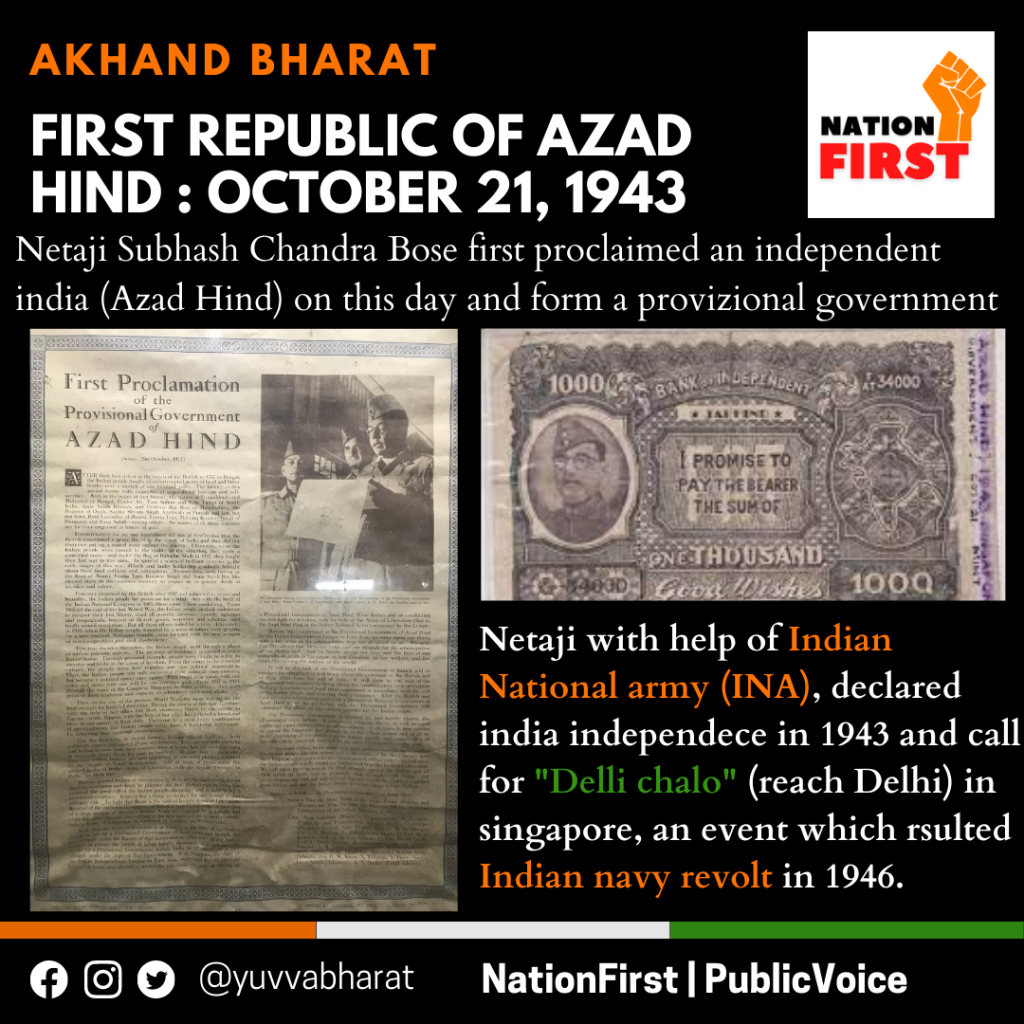Alluri Sitarama Raju (4 July 1897 or 1898 – 7 May 1924) was an Indian revolutionary involved in the Indian independence movement. After the passing of the 1882 Madras Forest Act, its restrictions on the free movement of tribal people in the forest prevented them from engaging in their traditional podu agricultural system, which involved shifting cultivation. Alluri led the Rampa Rebellion of 1922, during which a band of tribal people and other sympathisers fought in the border areas of the East Godavari and Visakhapatnam regions of Madras Presidency, in present-day Andhra Pradesh, against the British Raj, which had passed the law. He was referred to as “Manyam Veerudu” (transl. ’Hero of the Jungle’) by the local villagers.
Harnessing some aspects of the earlier non-cooperation movement and with widespread support among the tribal people, Alluri led raids on police stations in and around Chintapalle, Rampachodavaram, Dammanapalli, Krishna Devi Peta, Rajavommangi, Addateegala, Narsipatnam and Annavaram. With his followers, he stole guns and ammunition and killed several British police officers, including two near Dammanapalli. Alluri was eventually trapped by the British in the forests of Chintapalle, then tied to a tree and was executed by gunfire in Koyyuru village. His tomb is in Krishnadevipeta village.

The Range
After the passing of the 1882 Madras Forest Act in an attempt to exploit the economic value of wooded areas, its restrictions on the free movement of tribal peoples in the forests prevented them from engaging in their traditional podu agricultural system, a subsistence economy which involved shifting cultivation. The changes meant that they faced starvation and their main means of avoiding it was the demeaning, arduous, foreign and exploitative coolie system use by the government and its contractors for such things as road construction.
Around the same time as the Act, the Raj authorities had also emasculated the traditional hereditary role of the muttadars, who had been de facto rulers in the hills as tax collectors for the plains-living rajas. These people were now reduced to the role of mere civil servants with no overarching powers, no ability to levy taxes at will and no right to inherit their position. Thus, the cultivators and the tax collectors, who once would have been in opposition to each other, were instead now broadly aligned in their disaffection with colonial power.
Alluri harnessed the discontent of the tribal people to support his anti-colonial zeal, whilst also accommodating the grievances of those muttadars who were sympathetic to his aim rather than merely narrow-minded in their pursuit of a revived status for themselves. This meant that his followers were mostly from the tribal communities but did include some significant people from the muttadar class that at one time had exploited them, although many muttadars were ambivalent about fighting for what Alluri perceived to be the greater good.
Alluri adopted aspects of the Gandhian non-cooperation movement, such as promoting temperance and the boycott of colonial courts in favour of local justice administered by panchayat courts, to attract support. Although the movement died out in early 1922, it had reached the plains area and he had been involved in the propagation of some of its methods among the hill people as a means to raise their political consciousness and desire for change. It was these actions that caused him to be put under police surveillance from around February of that year, although the fact that he was using them as a camouflage to foment armed uprising seems not to have been recognised by either the movement’s political leadership or the British.
The Mission
The armed rebellion began in August when Alluri led a mob of 500 people in the looting, on consecutive days, of police stations at Chintapalle, Krishna Devi Peta and Rajavommangi, from which he gained possession of guns and ammunition. He subsequently toured the area, getting more recruits and killing a member of a British police force that had been sent to find him. The British struggled in their pursuit, in part because of the unfamiliar terrain and also because the local people in this sparsely populated area were generally unwilling to help them and often outright keen to materially assist Alluri, including with shelter and intelligence. While based in the hills, contemporary official reports suggested that the core group of rebels dwindled to between 80 and 100 but this figure rose dramatically whenever they moved to take action against the British because of the involvement of people in the villages.
Further deaths occurred on 23 September when Alluri ambushed a police party from a high position as they went through the Dammanapalli Ghat, killing two officers and cementing his reputation among the disaffected people. There were a further two successful attacks against the police forces during the month, after which the British realised that his style of guerilla warfare would have to be matched with a similar response, for which they drafted in members of the Special Malabar Police who were trained in such methods.
Attempts to persuade local people to inform on or withdraw their support for Alluri, through both incentives and reprisals, did nothing but encourage them to further their actions.[6] Further raids were later made on police stations at Rampachodavaram, Addateegala, Narsipatnam and Annavaram.
The loss
Alluri was eventually trapped by the British in the forests of Chintapalle. He was tied to a tree and shot dead in 1924 in Koyyuru Village. His tomb is in Krishna Devi Peta Village.




